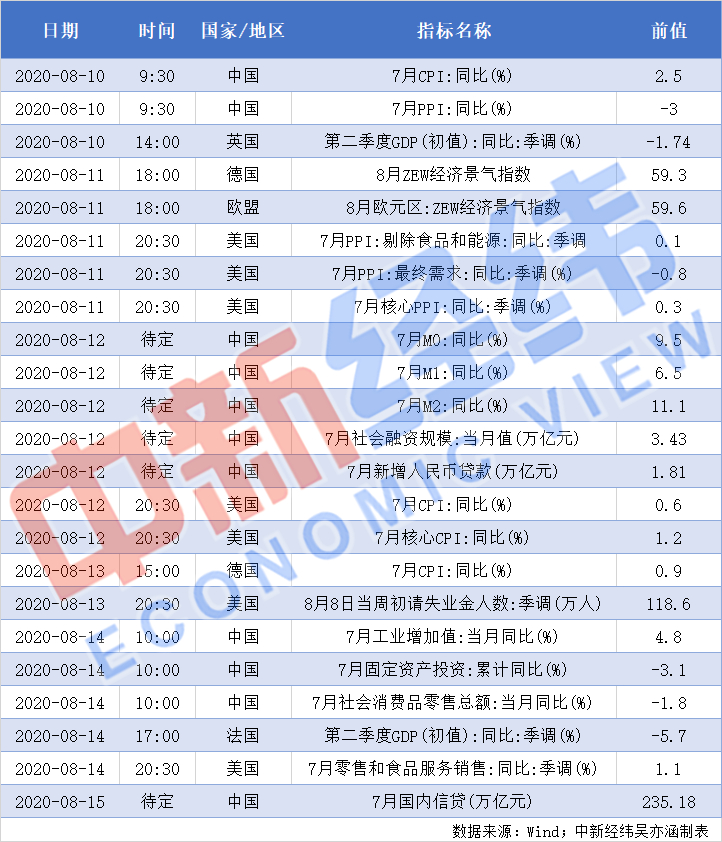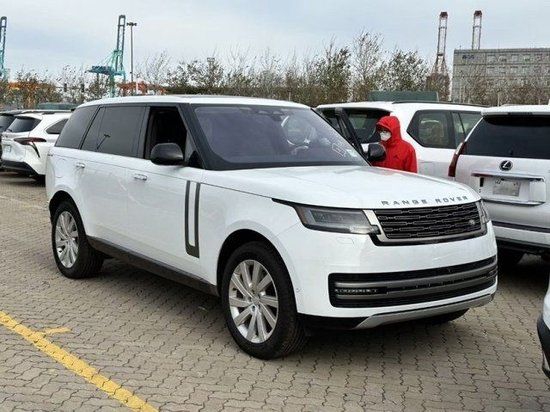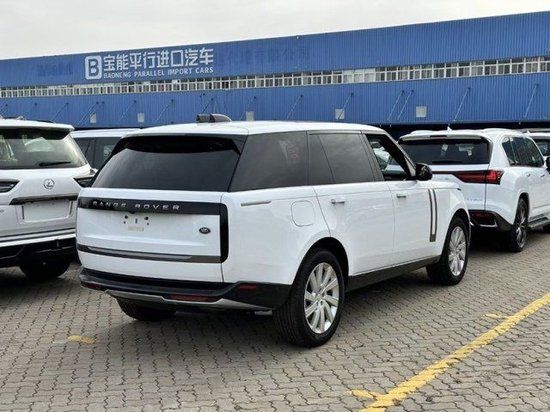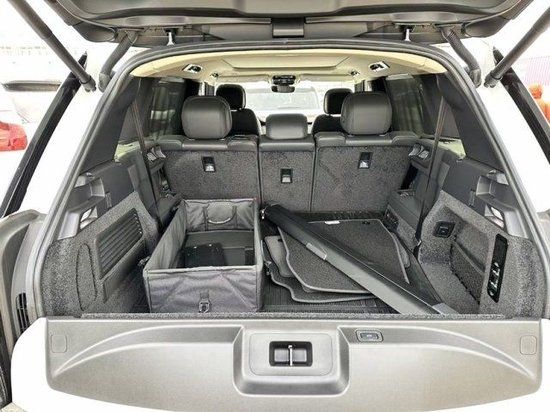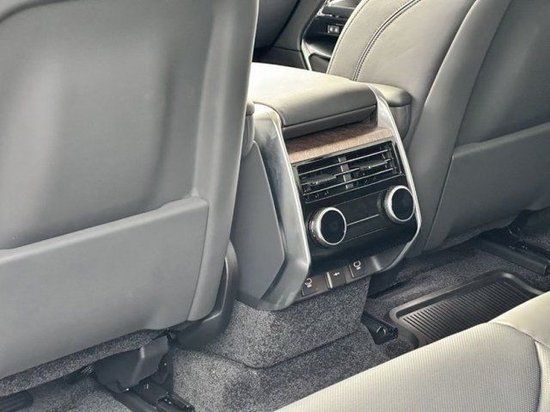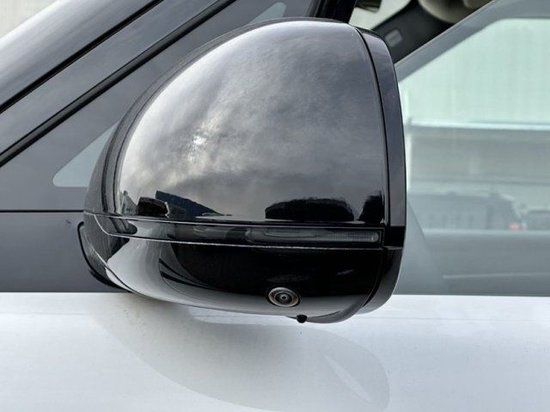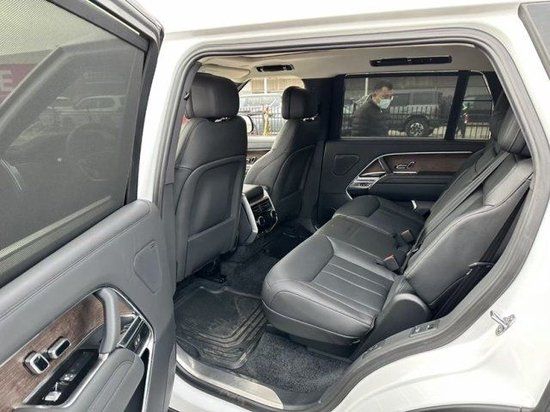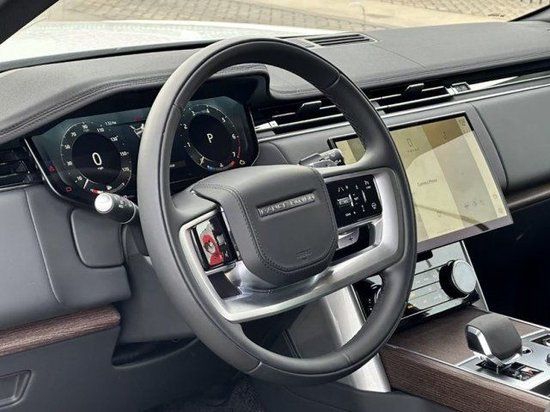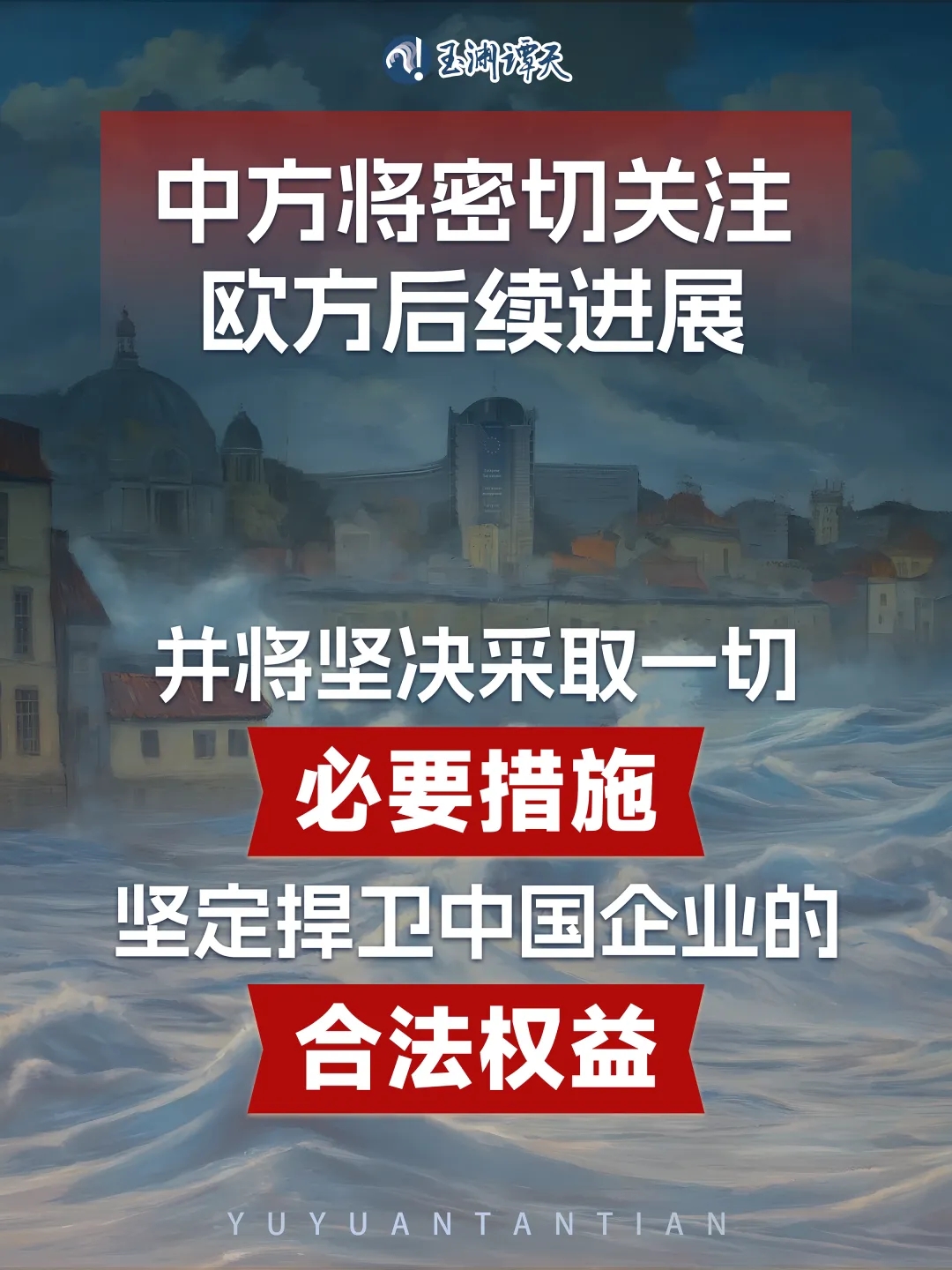
On June 12th, the European Commission released the preliminary disclosure on the countervailing investigation of electric vehicles in China, and proposed to levy temporary countervailing duties on electric vehicles imported from China.
Master Tan learned that after the European Union released the preliminary ruling disclosure, the China industry was very dissatisfied and strongly appealed to relevant departments to take countermeasures against Europe.
According to industry sources,The Chinese side is advancing the relevant procedures to increase the provisional tariff on the import of large-displacement gasoline vehicles.
In addition, at the beginning of this year, the Ministry of Commerce issued an announcement to initiate an anti-dumping investigation on imported brandy originating in the European Union.According to industry experts familiar with the brandy anti-dumping investigation, the preliminary ruling result of the case is expected to be announced before the end of August.
In response to the position of the European side, the relevant officials of the Ministry of Foreign Affairs, the National Development and Reform Commission and the Ministry of Commerce said that China will pay close attention to the follow-up progress of the European side and will resolutely take all necessary measures to firmly defend the legitimate rights and interests of China enterprises.
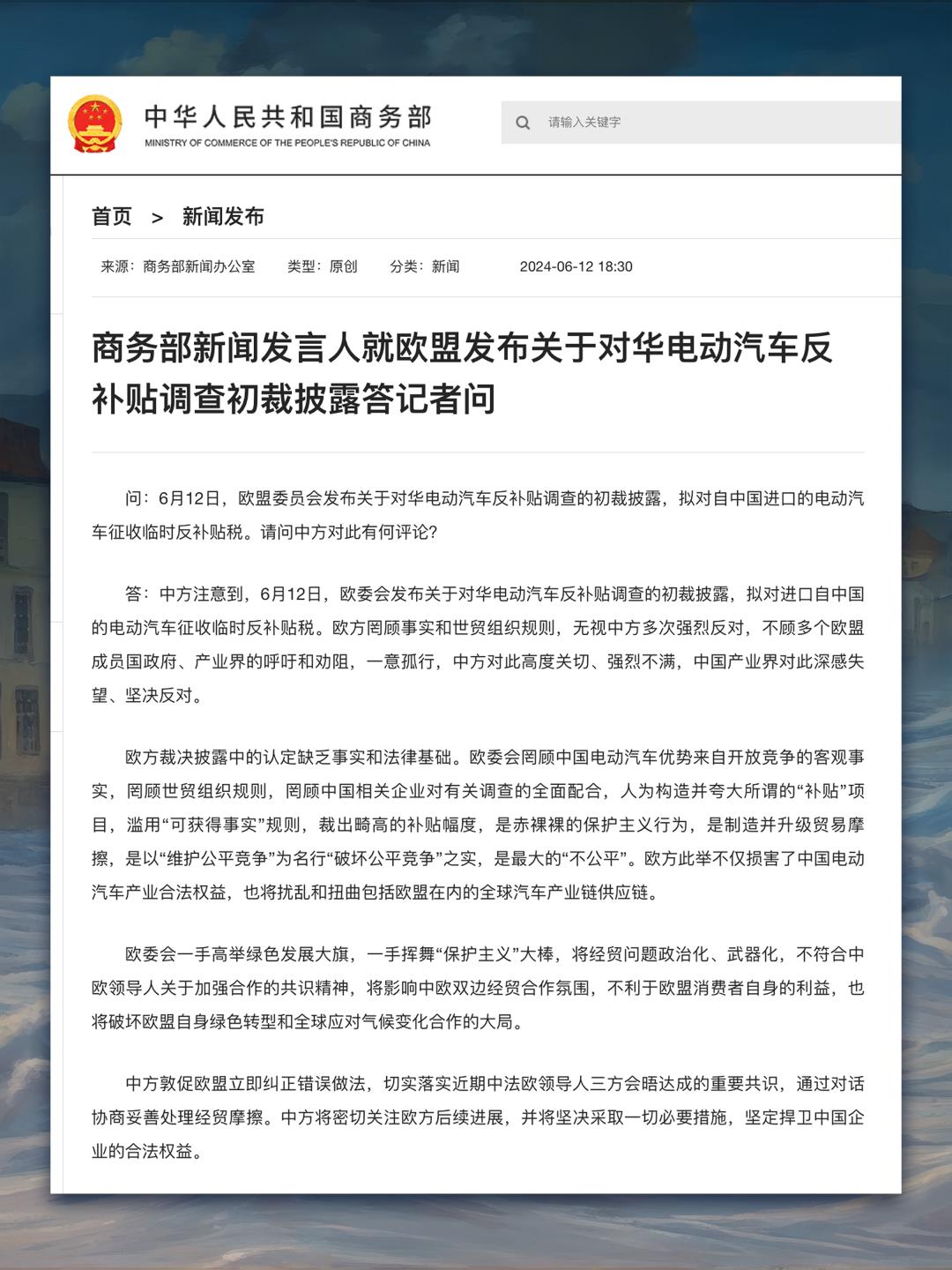
How to understand China’s strong opposition and countermeasures? Master Tan found the Chinese personnel involved in the investigation, as well as lawyers and economic and trade experts, and chatted with them.

The "resolute opposition" of China industry has clear and sufficient legal basis. Looking back at this so-called investigation in the European side, from the initiation of the investigation, to the middle of the investigation process, and then to the preliminary disclosure, each link revealed a word:
unreasonable.
Let’s talk about it one link at a time.
Let’s start with initiation. This countervailing investigation was initiated by the European Commission, not by the relevant industries in the EU.
What is the difference between related industries and the European Commission?
China Chamber of Commerce for Import and Export of Mechanical and Electrical Products is the industry defense party of this investigation, and Sun Xiaohong, as the secretary general of the professional committee of automobile internationalization of this chamber of commerce, is very familiar with this investigation. He said that countervailing investigations are basically initiated by industry applications. This is because only the industry will directly feel that a country’s competitive products may pose a threat to its own industry, and from the perspective of worrying about the damage to its own interests, it will put forward the investigation demand and launch a survey with substantial support.
What is the reason for the initiation of the European Commission? It is the European Commission’s subjective judgment that China’s electric vehicle industry is "threatening".
Sun Xiaohong said that in history, there was almost no precedent for the European Commission to initiate countervailing investigations.
In the subsequent investigation process, there are also many unreasonable places.
China Chamber of Commerce for Import and Export of Mechanical and Electrical Products used three words to describe this survey — —lackFairness, objectivity and transparency.
First of all, it is unfair sampling.
The three companies selected by the European Commission are SAIC, Geely and BYD. The European Commission did not give a convincing reason why these three companies were selected.
Hao Jie, a researcher at the Institute of Foreign Economic Research of the National Development and Reform Commission, said,In order to achieve the preset goal, construct and exaggerate the so-called "subsidy" project, the European Commission ignored the WTO rules, abandoned the maximum representative standard of export volume, excluded European and American enterprises with the highest export volume from the sampling, and only selected local enterprises in China. The sampling standard was irregular, the process was opaque and the result was unfair.
According to relevant statistics, the share of China brands in the European electric vehicle market is about 8%, and the proportion of these three companies will only be less.
We don’t know where the "threat" in the mouth of the European Commission comes from.
In the face of such a "threat", the European Commission requested the survey information provided by China electric vehicle enterprises,Extremely harsh.
More than 200 affiliated companies of the three sampled China enterprises were asked to submit questionnaires, and more than 100 supplementary questionnaires were answered, and the on-the-spot verification was conducted with the European Commission for several months. Both the time and the sample size of the survey are rare in Sun Xiaohong’s impression.
According to the preliminary findings released, the tax rates levied by the European Commission on three China car companies ranged from 17.4% to 38.1%, and the gap was large, but the European Commission has not yet given an explanation.
Sun Xiaohong told Lord Tan,China enterprises report that the European side is investigating.Ask them to provide the formula of the battery.
According to his understanding, many of the information that the European Commission requires China enterprises to provide areInformation or data involving enterprise privacy, business secrets, core technologies, etc..
These are the core competitiveness of China’s electric vehicle industry. The European Union’s electric vehicles can’t compete with China’s electric vehicles. Does the European Commission want to grab them?
Sun Xiaohong said that what is even more opaque and unreasonable is that the EU also uses the data collected by itself to supplement the data that they can’t get. Whether these data are objective and true is not their consideration.
Throughout the investigation, the European Commission never made a substantive response to the Chinese defense.
Sun Xiaohong said that during several rounds of investigations and hearings, China’s position and concerns have never been considered by the European Commission. It seems that they do not attach importance to communication, and their attention has always been focused on completing the investigation and doing what they want.
In the face of such an investigation, the Chinese side also described it in one sentence:
It is naked protectionism, creating and escalating trade frictions, undermining fair competition in the name of maintaining fair competition, and the biggest unfairness.
In the face of such acts, China must of course take measures to counter them.

In fact, this is not the first time that China has faced a countervailing investigation from Europe.
According to professional organizations, since the EU launched the first countervailing investigation against China in 2010, up to now, the EU has launched more than a dozen countervailing investigations against China.
Among them, the most well-known is the anti-subsidy and anti-dumping investigation initiated by the European Union against China’s photovoltaic industry.
China’s photovoltaic manufacturing enterprises mainly export. At that time, Europe was the main export market for China’s photovoltaic enterprises.
In this case, the EU plans to impose a 47.6% tariff on China in the preliminary ruling, which is undoubtedly to shut out the photovoltaic industry in China.
After the news was released, China and Europe held several rounds of intergovernmental negotiations. In the end, the EU terminated its own action of imposing tariffs.
China government will firmly defend the legitimate rights and interests of China enterprises. For enterprises in China, if the actions of the European side harm their own interests, enterprises in China will also issue a voice to safeguard their own rights and interests.
According to industry sources,The Chinese side is advancing the relevant procedures to increase the provisional tariff on the import of large-displacement gasoline vehicles.
Not long ago, people in the automobile industry in China have been calling for an increase in the provisional tariff on the import of large-displacement vehicles to promote the realization of the goal of "double carbon".
Large-displacement vehicles refer to gasoline vehicles with engine displacement greater than 2.5 liters.
China Passenger Transport Association has made a special calculation. At present, the total amount of passenger cars with a displacement of more than 2.5 liters exported from Europe to China every year has reached 18 billion US dollars. This figure is higher than the amount of electric vehicles exported by China to Europe in 2023.
If China raises the temporary tariff rate,European brands such as BMW and Mercedes-Benz will be the first to be hit, which also means that European automobile exports to China will be hit..
Cui Fan, an expert in international trade at the University of International Business and Economics, told Tan Zhu that the industry has called for China to increase the import tariff on large-displacement vehicles to 25%. If China takes such action, it will increase within the scope of China’s commitment to the World Trade Organization and it is fully in line with WTO rules.
In addition to the automobile industry, Tan learned that China is expected to announce the preliminary ruling on the anti-dumping investigation of imported brandy originating in the European Union at the end of August.
Last year, china alcoholic drinks association formally submitted an application for anti-dumping investigation to the Ministry of Commerce on behalf of the domestic brandy industry, and the Ministry of Commerce initiated an investigation in January this year.
How important the China market is to the European brandy industry, one data is enough to illustrate the problem:
According to the customs data, the China market has become the key to support the sales of European brandy, while the sales in other markets around the world have obviously declined. From January to September last year, EU brandy exports to China increased by more than one fifth year-on-year.
Cui Fan said that China and the European Union are both members of the World Trade Organization, and they are also members of the multi-party temporary appeal arbitration arrangement. They can also conduct pleadings through the dispute settlement mechanism and deal with issues under the framework of the WTO.
That is to say,There are many tools and means that China can use from the announcement of the preliminary ruling results by the European Union to the final ruling.
Zhang Monan, an expert from China International Economic Exchange Center, just finished his visit to Europe. She told Tan Zhu that she also talked about countervailing issues with government officials in Germany, Belgium and other countries. According to her observation, European countries are more worried about China’s countermeasures after imposing tariffs on China.
Zhang Monan said that at present, it is only a preliminary ruling disclosure, and temporary tariffs will be imposed on July 4, and there is still a reserved period for China enterprises and EU member States to raise objections.
If most EU countries object, these tariffs will not be implemented.
Now, there is still some time to make a ruling. It is not too late to mend, which also means that the European side still has the opportunity to return to the right track.
What is the right track, within Europe, is not unclear.
A noteworthy detail is that Germany, Hungary, Sweden and other countries expressed their opposition at the first time after the news that the European Commission decided to impose temporary countervailing duties on electric vehicles imported from China came out.
These countries are precisely the countries in the forefront of cooperation between the EU and China in the field of new energy vehicles.
What is in line with the interests of these countries, we can see some clues from the statement of Qi Puce, chairman of the German car company BMW Group.
Tsipce said that increasing tariffs will hinder the development of European car companies and will also harm Europe’s own interests. Trade protectionism is bound to trigger a chain reaction — — Respond to tariffs with tariffs and replace cooperation with isolation.
The reason why European car companies are worried about the decision of the European Commission to increase tariffs has a background that cannot be ignored:
Wei Qijia, a researcher at the National Information Center of the National Development and Reform Commission, pointed out that,In recent years, EU companies such as BMW, Volkswagen and Faurecia have continuously increased their new energy vehicle business in China and acquired key technologies such as batteries and intelligence. Contemporary Amperex Technology Co., Limited, Weilai, BYD and other China enterprises have also set up factories in German and Hungarian, helping to enhance the competitiveness of the EU electric vehicle industry.
In the era of globalization, only by exerting comparative advantages can countries achieve better development. Although China and Europe have competition, they have more cooperation.
The win-win situation under cooperation is not only reflected in the automobile industry — — Strengthening cooperation with China in the field of new energy vehicles is also conducive to Europe’s response to climate change and green economic transformation.
According to the data of European Transport and Environment Association, 19.5% (about 300,000 vehicles) of electric vehicles sold in Europe in 2023 were produced in China. According to the estimation that each electric vehicle can reduce carbon by about 1.66 tons per year, it is equivalent to reducing carbon by 498,000 tons per year.
The EU has always prided itself as the "forerunner" of global green transformation. The European Commission’s decision to impose tariffs on China’s electric vehicles will not only hinder the pace of its automobile industry transformation, but also damage its image as a "pioneer" in green transformation.
In fact, even the European media themselves are saying that it is ridiculous for the EU to ask consumers to switch to electric vehicles while trying to stop the supply of cost-effective electric vehicles.
The relevant person in charge of the National Development and Reform Commission said,The combination will benefit both sides, and the fight will hurt both sides. The automobile industries in China and Europe are highly complementary, and the cooperation between the two sides has a foundation, space and prospects. China actively supports the fair competition of automobiles in various countries and maintains the stability of the global automobile industry chain supply chain. However, if the EU insists on imposing tariffs on China’s electric vehicles, ignoring the appeals of its own industry, basic market rules and WTO rules, and undermining the cooperation foundation of China-EU automobile industry, China will take all necessary measures to safeguard the legitimate rights of China enterprises.
Whether to choose a win-win situation or to harm others rather than benefit oneself, the EU still has time to think.





























